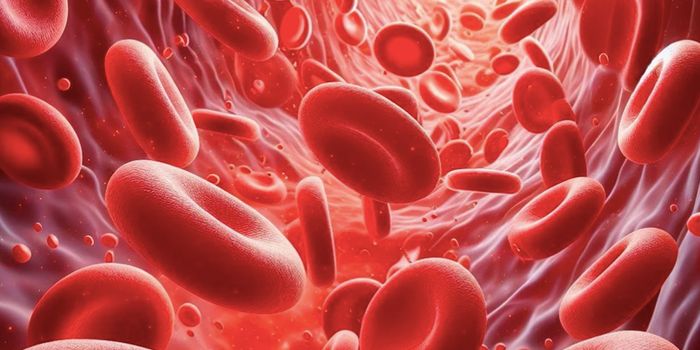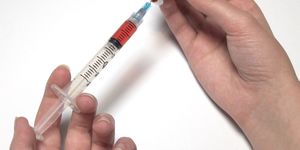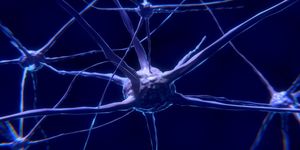DNA Fragments and Cartilage Recovered From 75-Million-Year-Old Dinosaur Bones
An international team of researchers has analyzed cartilage from a baby duckbilled dinosaur, and they have identified bits of preserved proteins and what seems to be chromosomes inside of structures that resemble cells. Using microscopy tools, the scientists assessed skulls of embryos, eggs, hatchlings, and nestlings of a duckbilled dinosaur called Hypacrosaurus from the late Cretaceous period. Their work was reported in National Science Review.
The corresponding author of the study, paleontologist Alida Bailleul of the Chinese Academy of Sciences, found what looked like cartilage cells, called chondrocytes, and saw stuff that looked like chromosomes and nuclei inside of the presumed cells.
“The skull bones of baby dinosaurs are not fused when they hatch, but instead, some of them have cartilaginous plates that fuse later as bone forms in the spaces between them,” Bailleul said. “Seeing exquisitely preserved microscopic structures that resembled the specific cell types found only in cartilage, and which would have been present in the living organism in these tissues, led us to hypothesize that cellular preservation may have extended to the molecular level.”
Bailleul and colleagues set out to learn whether the molecules they observed were from 75 milloin years ago. They used various analytical techniques, and compared what they saw to the skull of an emu of a similar age.
“Bird skulls ossify, or harden, in the same pattern as this hadrosaur’s skull would have, and primitive birds (ratites) like emus are the closest relatives we have alive today to non-avian dinosaurs,” said study co-author Mary Schweitzer, a professor of biology at NC State with a joint appointment at the North Carolina Museum of Sciences.
The scientists saw that antibodies to a protein called collagen II reacted with the chondrocytes from the dinosaur skull, while the surrounding skull was non-reactive. Collagen I is the dominant form in bone, and collagen II is only found in cartilage.
“These tests show how specific the antibodies are to each type of protein, and support the presence of collagen II in these tissues,” Schweitzer explained. “Additionally, bacteria cannot produce collagen, which rules out contamination as the source of the molecules.”
The team also looked for chemicals linked to DNA by applying stains that attach to DNA fragments inside of cells. The stains appeared in the isolated cartilaginous cells, suggesting that fragments of DNA may remain inside (so this fragmented DNA won't be bringing extinct dinosaurs back anytime soon).
“We used two different kinds of intercalating stains, one of which will only attach to DNA fragments in dead cells, and the other which binds to any DNA,” Schweitzer noted. “The stains show point reactivity, meaning they are binding to specific molecules within the microstructure and not smeared across the entire ‘cell’ as would be expected if they arose from bacterial contamination.”
“Although bone cells have previously been isolated from dinosaur bone, this is the first time that cartilage-producing cells have been isolated from a fossil,” Bailleul added. “It’s an exciting find that adds to the growing body of evidence that these tissues, cells and nuclear material can persist for millions – even tens of millions – of years.”
Sources: NC State News, National Science Review








